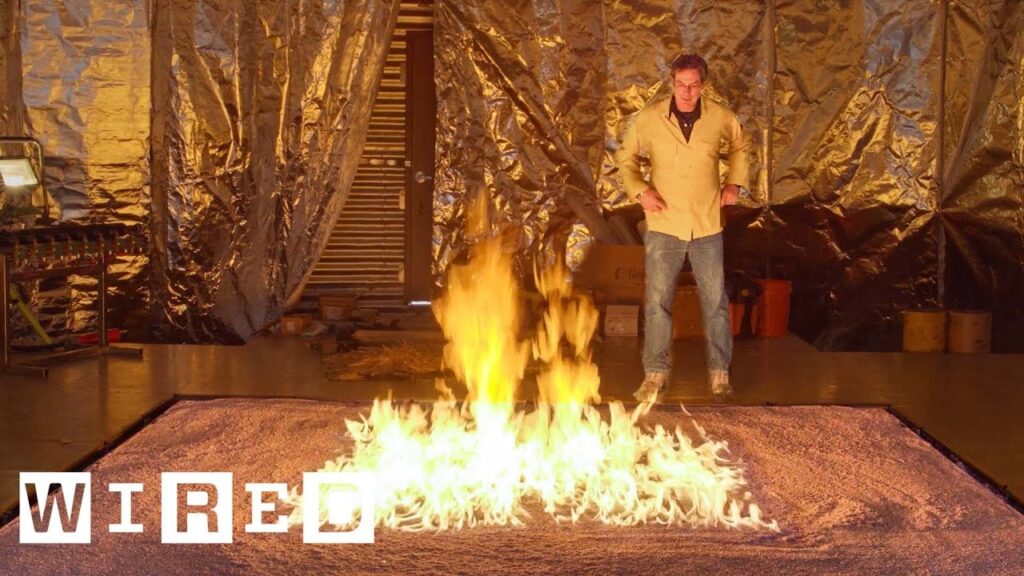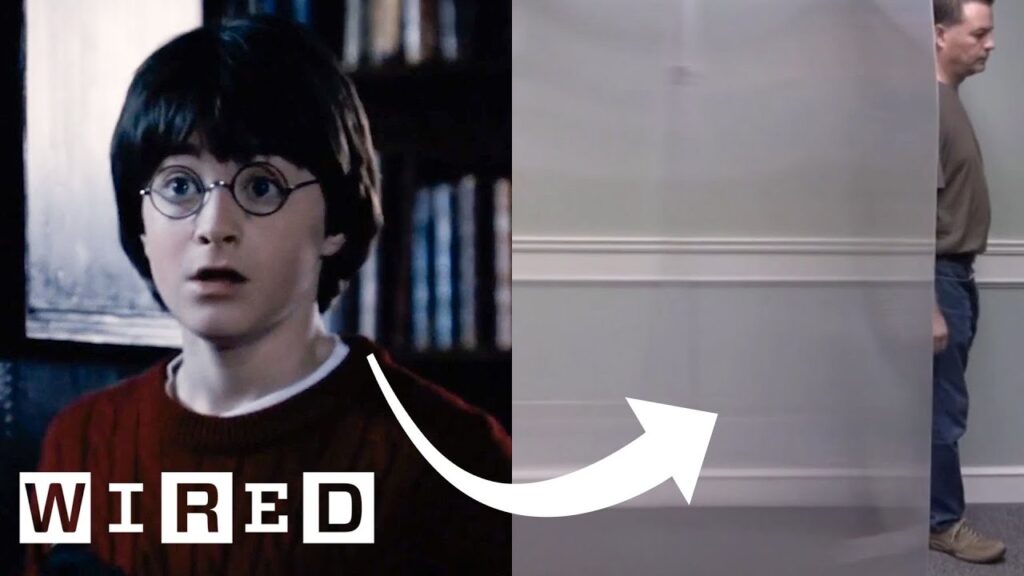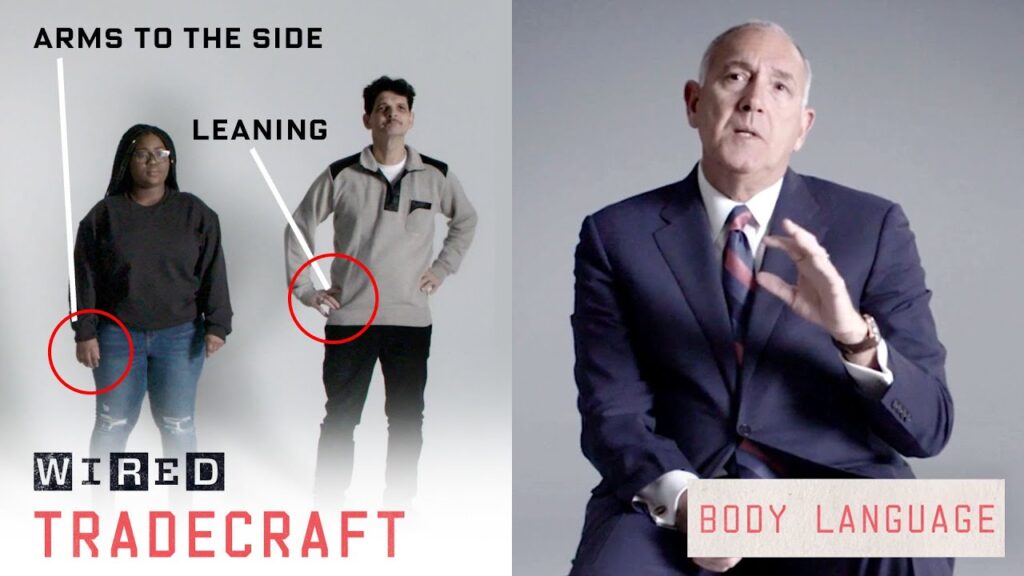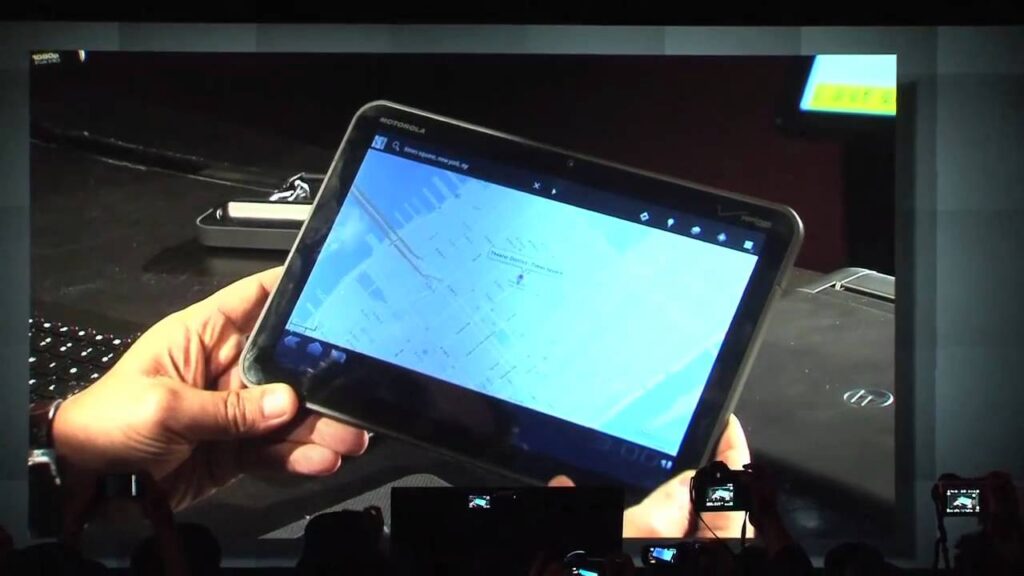Fighter Pilot Life Depicted in Movies and TV Shows: An Analysis of Accuracy and Inaccuracy
Summary
This article explores the accuracy of fighter pilot life as depicted in movies and TV shows. It points out both the accurate and inaccurate aspects of these portrayals, serving as an informative read for anyone interested in the career of being a fighter pilot.
Table of Contents
- The Impracticalities and Inaccuracies of Fighter Pilot Life Depicted in Movies and TV Shows
- The Importance of Tactics, Orders, Distances, and Safety Measures in Fighter Pilot Life
- The Inaccuracies and Potential Dangers of Certain Fighter Pilot Maneuvers
- The Accuracy and Inaccuracy of Fighter Pilot Lingo and Habits
- Conclusion
Introduction
Fighter pilots have always been popular figures of the media, with many movies and TV shows featuring them as main characters or integral parts of the plot. These depictions often make for entertaining content, but how accurate are they in portraying the actual life of a fighter pilot? In this article, we will delve into the various aspects of fighter pilot life as depicted in movies and TV shows, pointing out both the accurate and inaccurate aspects.
Q&A
The Impracticalities and Inaccuracies of Fighter Pilot Life Depicted in Movies and TV Shows
Q: Can you explain why using a larger heat decoy instead of a flare to counteract an infrared missile, as depicted in some movies and TV shows, would be impractical?
A: This is due to the size of the missile and the decoy. A larger decoy would need to be more massive to create a heat signature large enough to distract the infrared missile. This additional weight means that the airplane would have to carry more decoys, adding unnecessary weight and reducing maneuverability. A flare, on the other hand, is smaller and creates enough heat to attract the missile away from the airplane.
Q: In some movies and TV shows, a master caution light is shown to indicate enemy radar sightings. Can you clarify why this is incorrect?
A: In reality, a master caution light is an indication of any system malfunction, and is not used to indicate enemy radar sightings. Instead, a radar warning receiver is used to alert the pilots of enemy radar sightings.
The Importance of Tactics, Orders, Distances, and Safety Measures in Fighter Pilot Life
Q: Can you explain the “follow the leader” tactic used in some movies and TV shows?
A: “Follow the leader” is a tactical maneuver where two or more airplanes fly closely together, following the lead airplane’s movement. This technique is used to avoid detection by enemy radar, and to provide mutual support in combat.
Q: How important is it for fighter pilots to maintain an adequate distance from other airplanes?
A: Maintaining an adequate distance from other airplanes is crucial in order to avoid mid-air collisions. The typical distance to maintain is around 500 feet, but the exact distance depends on the type of aircraft and the altitude.
Q: Why do fighter pilots wear masks during flights?
A: Fighter pilots wear masks during flights to prevent the inhalation of toxic gases that may be present in the cockpit. The masks are also equipped with an emergency oxygen supply in case of sudden decompression or smoke in the cockpit.
The Inaccuracies and Potential Dangers of Certain Fighter Pilot Maneuvers
Q: Can you explain the dangers associated with flying too low?
A: Flying too low can be dangerous, as it increases the risk of colliding with terrain or other obstacles. Flying too low can also cause destructive ground effects, where the airplane’s airframe is subjected to turbulence caused by the interaction between the airplane’s wings and the ground.
Q: What are go-up-blow-up maneuvers?
A: Go-up-blow-up maneuvers are high-speed and high-altitude maneuvers used in air-to-air combat. These maneuvers are used to quickly gain altitude and separate from the enemy airplane, and then release missiles or guns to destroy the enemy.
The Accuracy and Inaccuracy of Fighter Pilot Lingo and Habits
Q: How accurate is the depiction of fighter pilot lingo and habits in movies and TV shows?
A: While the fighter pilot lingo and habits depicted in movies and TV shows can be entertaining, they are often inaccurate. In reality, fighter pilots follow strict protocols and procedures, and use specific terminology to communicate during flights. However, some shows and movies do a good job of accurately portraying the descriptive nature of some pilots.
Q: Can you explain how to intercept an aircraft, as depicted in some movies and TV shows?
A: Intercepting an aircraft requires navigating towards the target aircraft, then positioning the airplane in a location where the target aircraft can be visually acquired. Once the target is acquired, the fighter pilot can then put the target in a position where it can be attacked.
Conclusion
In conclusion, movies and TV shows featuring fighter pilots present both an accurate and inaccurate depiction of fighter pilot life. While they can be entertaining and exciting, it is important to separate fact from fiction when it comes to the portrayal of fighter pilot tactics, orders, distances, safety measures, and maneuvers. For anyone interested in pursuing the career of a fighter pilot, it is a rewarding, challenging, and exciting path to take.







